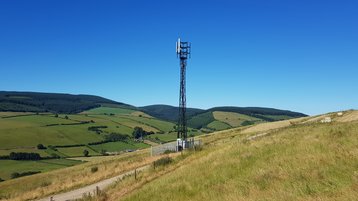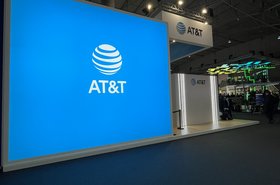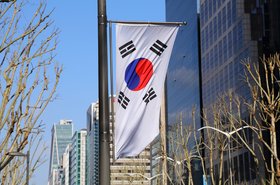BT Group has deployed what it calls 'cell sleep' technology across its EE mobile sites in the UK.
The telco said it expects the technology to deliver energy savings of up to 2KWh per site per day, or 4.5 million KWh per year across EE’s estate, reducing BT Group’s demand on the local Grid.
The deployment of the technology follows successful trials across each of the UK's home nations, England, Scotland, Wales, and Northern Ireland, BT said.
According to BT, the cell sleep software works when certain 4G LTE carriers are put to sleep when the capacity is not required, which is based on predicted periods of low traffic that have been established for each site through machine learning.
During busier periods, BT notes that the system can automatically wake up, while it's also configured to react to unexpected surges that might occur during scheduled sleep modes.
BT said that during times of extremely low demand, there's an ability to switch the sites to 'deep sleep' mode.
Both the cell sleep and deep sleep functionality are provided by the respective RAN equipment supplier on each of EE’s sites.
“There is huge potential for energy savings across our networks by dynamically matching power consumption against network usage," said Greg McCall, chief networks officer, BT Group.
"The optimization and roll-out of cell sleep technology to over 19,500 sites across the UK is a significant milestone in achieving this, and an important development in countering the massive growth in data consumption we’re seeing across our networks.”
Giving an update on its total energy consumption, BT revealed that its networks account for around 89 percent of its total energy consumption.
It added that deploying cell sleep technology is crucial for the company to become net zero by the end of March 2031.
Earlier this year, BT completed the shutdown of its 3G mobile network, in a move that it estimates will deliver energy savings of 17.44m KWh per year.







